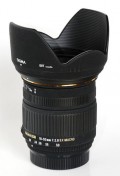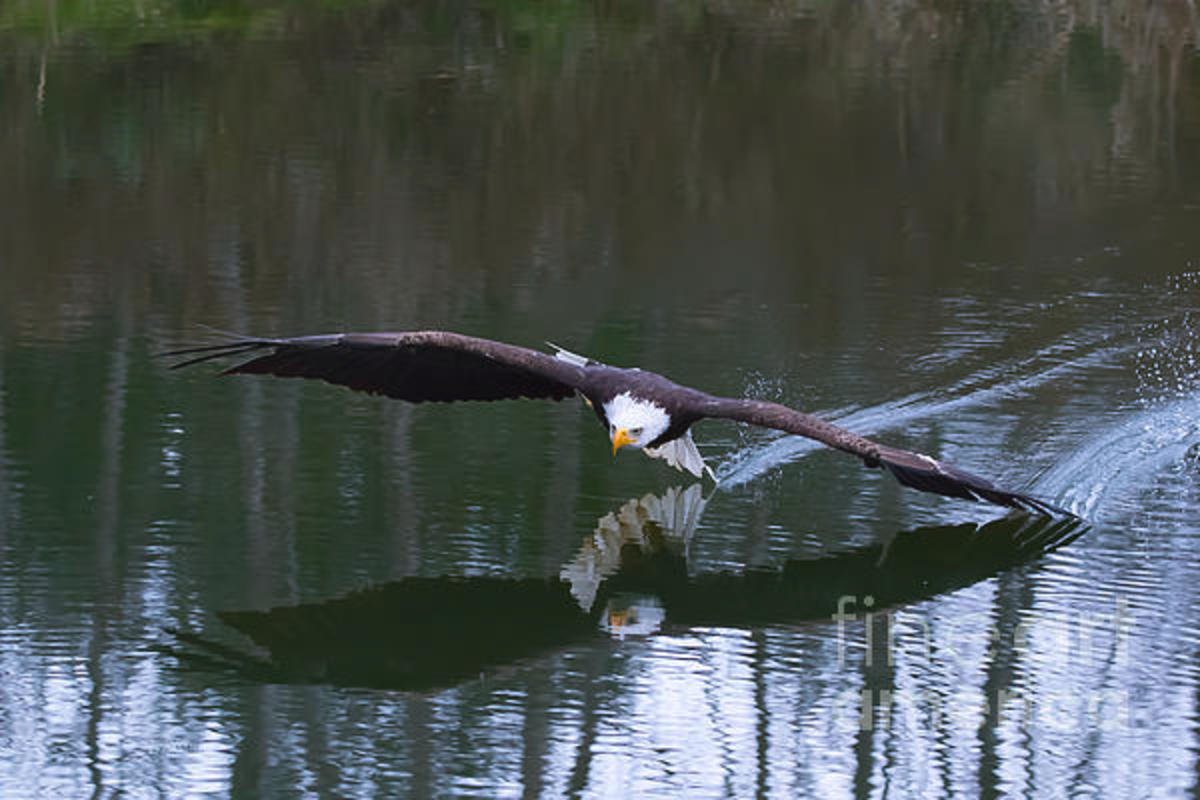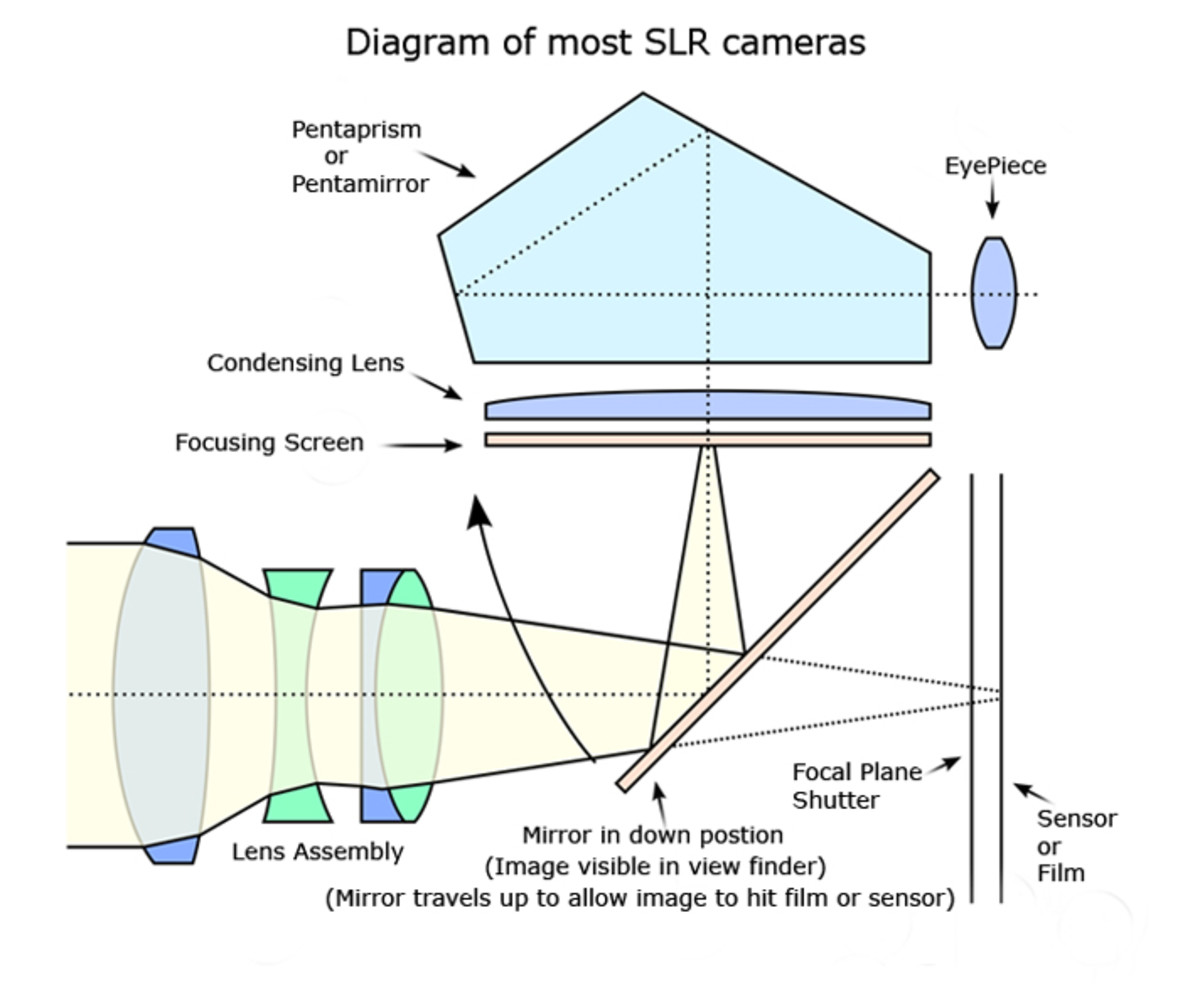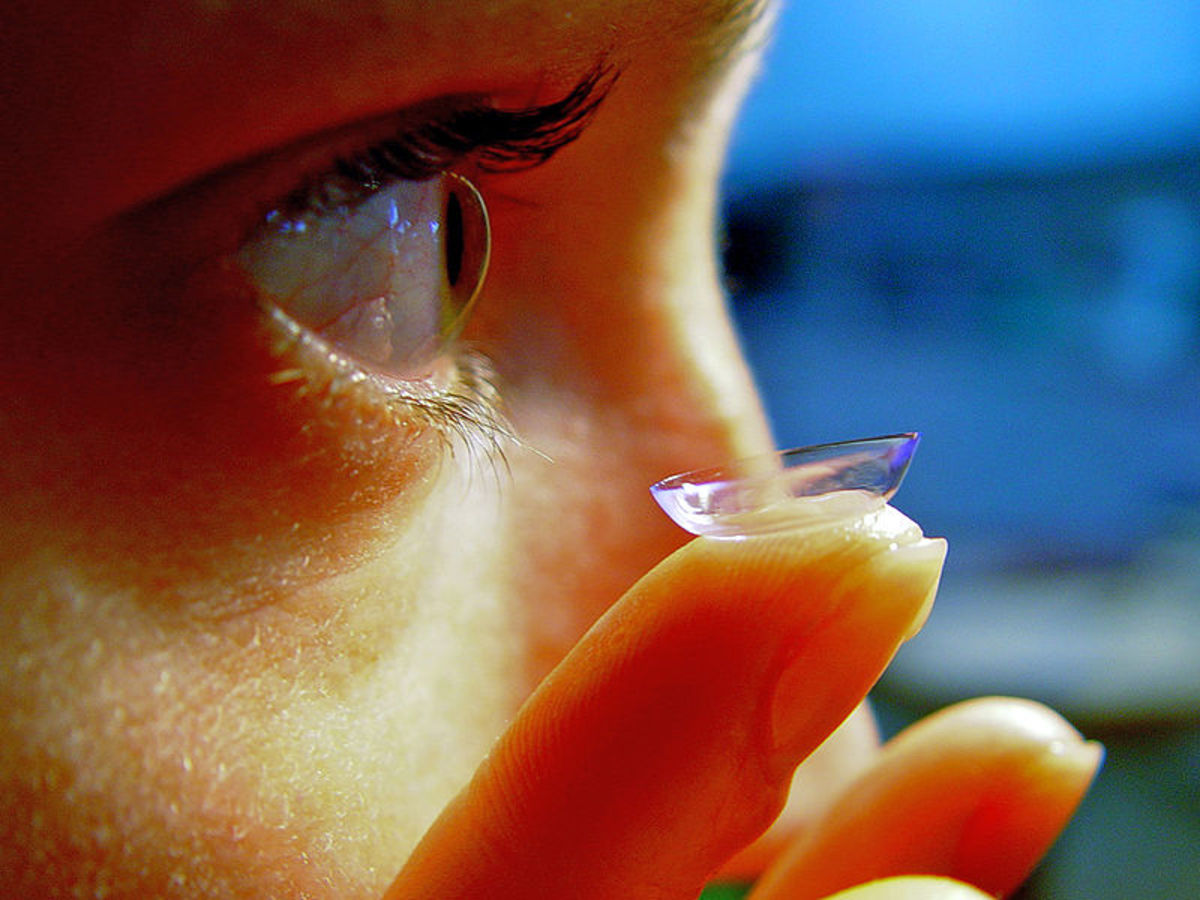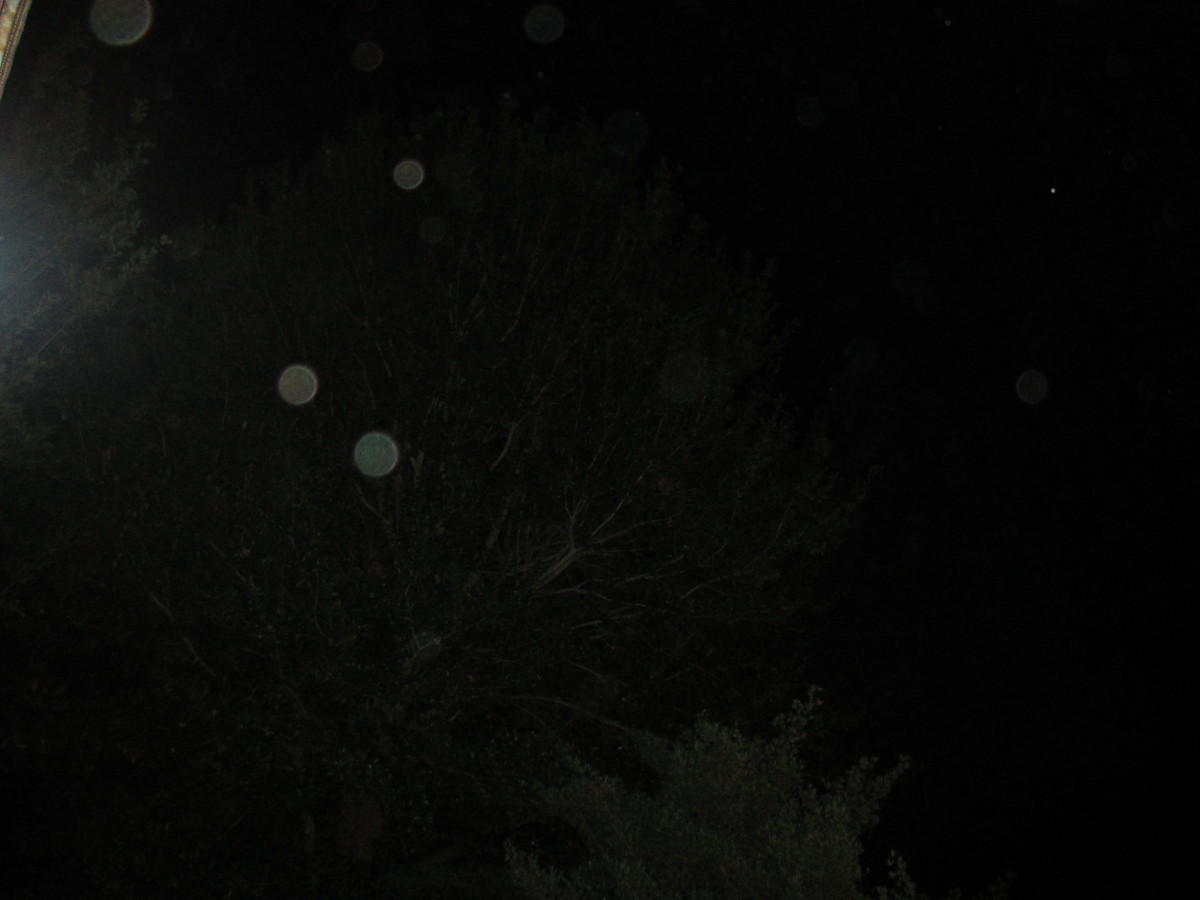What's the Best Bird Lens for a Canon DSLR
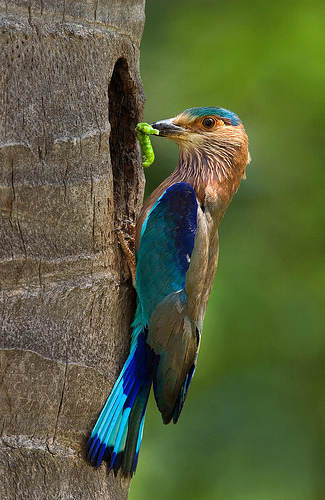
Best Bird Lens for a Canon DSLR
Let's cut to the chase right away. The best lens for bird photography is the Canon 800mm f/5.6L IS USM. It is the lens used to photograph the bird on the right. Here is a link to that photo. I claim no connection with this photo. I just posted it here to show you what you can do with this lens.
The lens costs more than $10,000, even used on a good shopping day.
There are also the Canon 600mm f/4.0 IS USM and the Canon 500mm f/4.0 IS USM. Both of these lens cost upwards of $5,000. Needless to say, they are also outside my budget.
That being said, I have gotten some pretty good photos of birds using "other" lenses attached to my Canon DSLR. At the moment, I am shooting with a Canon 30D, which is a mid-range DSLR.
Best Bird Lenses That Money Can Buy
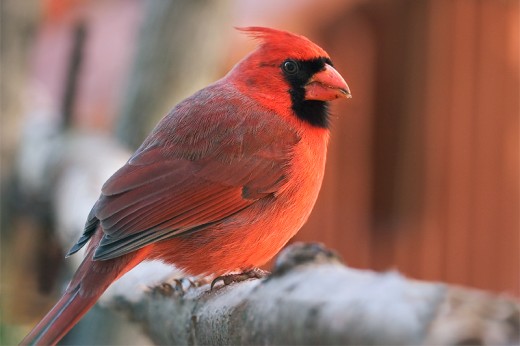
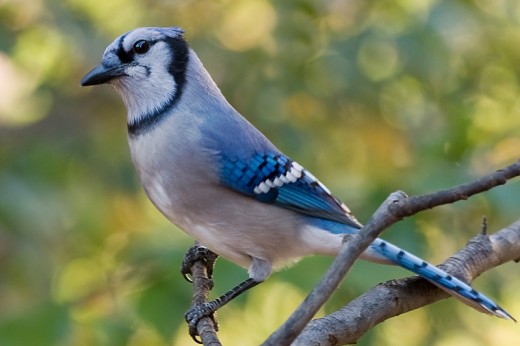
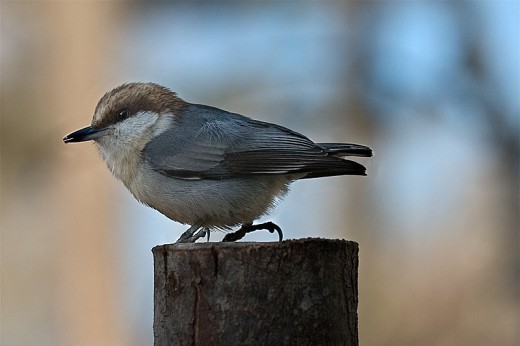
More Affordable Bird Lenses For Canon DSLR Cameras
There are two "affordable" lenses for bird photography. Affordable still puts you above the price of an inexpensive DSLR, but for good glass you will have to part with a moderate amount of cash.
The first is the Canon 300mm f/4.0L IS USM which you can pick up for a cool $1,000. It takes fantastic pictures. Canon "L" glass is their finest. If you care to get the f/2.8 IS model, it will set you back about $3,500, but the f/4.0 is pretty darn good.
The second lens that is somewhat affordable is the Canon 100-400mm f/4.0-5.6 L IS USM, which is a bit more at about $1575. The extra 100mm at the long end will be quite an advantage when doing nature photography.
One of the newer bird lenses on the market is a Sigma 150-500mm f/5.0-6.3. This lens gives you the reach of a Canon 500mm at about 1/5th the price. It is actually less than $1000. Plus the reviews from users are good. Those who buy this lens are very happy with the results. Notice, however, that largest aperture is f/5.0. This means you will need some pretty decent light in order to get good nature pictures.
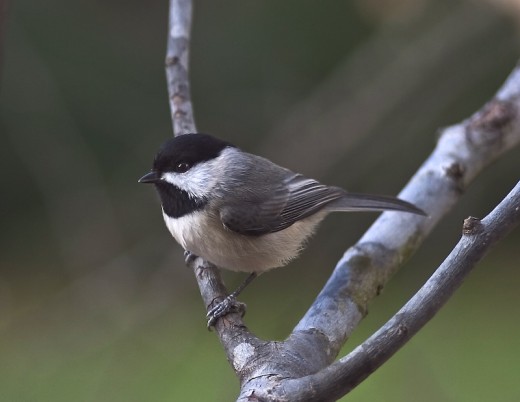
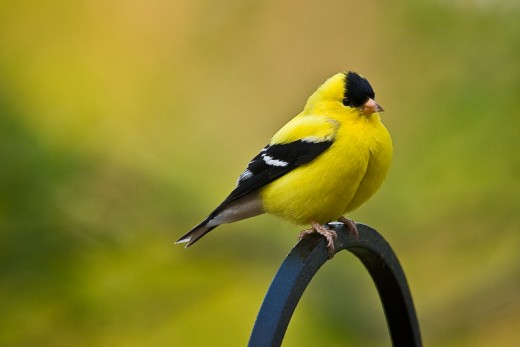
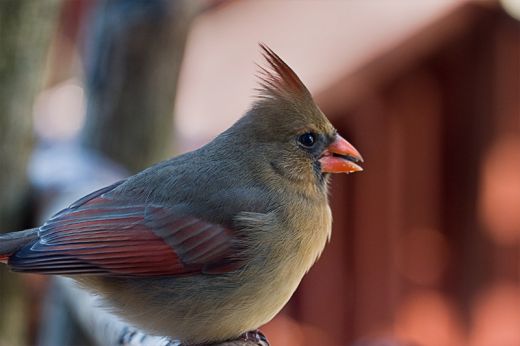
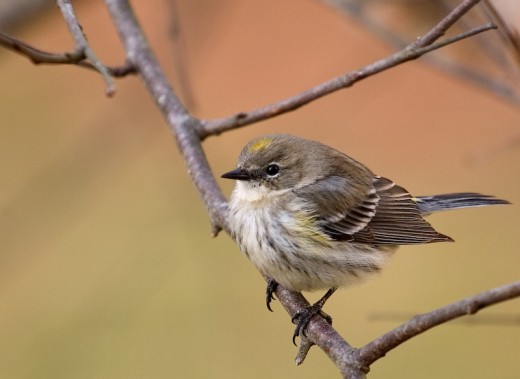
Canon Bird Lenses "On A Budget"
OK, now let's get down to a more reasonable price if you are on a budget.
I have discovered that I can get the birds to "come to me" rather than having to photograph them from afar. I have even developed my bird photography system to the point that I can stay inside and enjoy a nice cup of coffee while taking some pretty awesome shots.
Lenses? I use a Canon 70-200mm f/4.0 L USM. I paid about $500 for mine. The photos on the right show the results I have gotten with this amazing lens. And the reason I can take these shots is that the birds are only about 5 or 10 feet away.
I also use my newest Sigma 18-250mm f/3.5-6.3 lens because some of the birds come closer than 5 feet, and the Canon lens will not focus that close.
The secret is putting a natural bird feeder right outside my kitchen window. It is home made and pretty ugly if I must admit it. But it does get the birds close.
What I did is find some old branches and drill out a few holes that I can put birdseed into. I strategically placed the holes close to branches that could act as perches for the birds. I then wait until the bird is on the perch facing the rigth direction, and... snap!
The photos hopefully will speak for themselves.
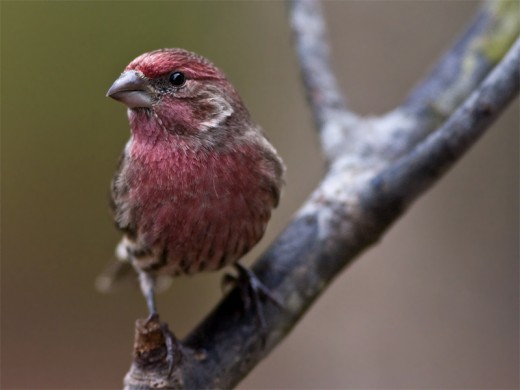
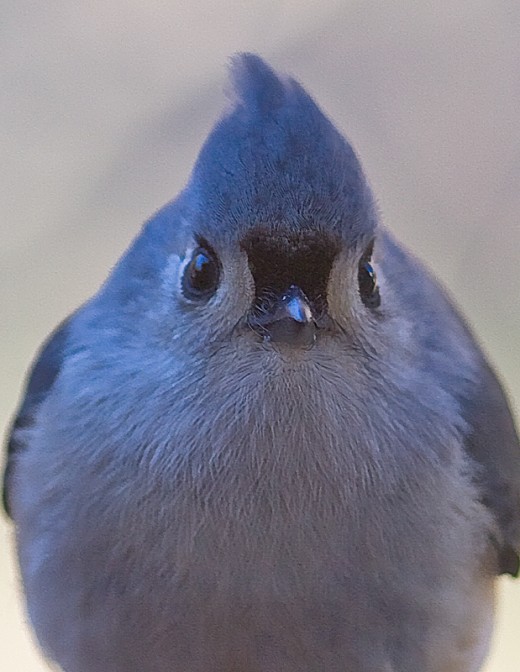
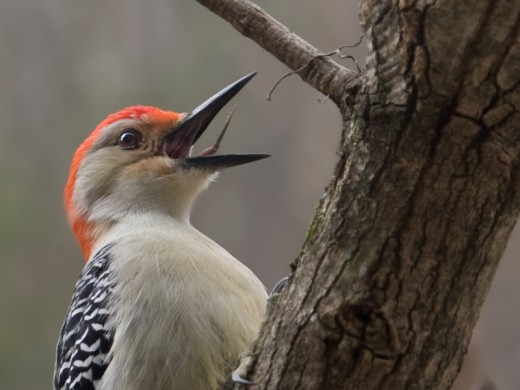
Low Budget Bird Lenses For Canon DSLR Cameras
The Right Canon DSLR For Your Bird Lens
This question comes up all the time. Which digital SLR camera is best for taking pictures of birds and wildlife?
The answer is fairly simple for me. I own a Canon Rebel T3i and a Canon 30D, so those are the best (at the moment). If I was fortunate enough to work for National Geographic as a wildlife photographer, my answer would be much different, but I am on a limited budget.
My philosophy is to get the DSLR camera, then get a bird lens that will work for you. If you can afford a professional camera, by all means, go for it. Then get one of the Canon professional "L" lenses with a focal range of 300mm or more.
Again, which camera is best for bird photography? The one you can afford.
More Digital Camera Stuff
- Canon EOS Lenses
Another site to check Canon EOS lenses, not only from Canon, but also from Sigma, Tamron, and Tokina - Cameras-N-Stuff
Learn about digital cameras and camera gear so that you can make an intelligent decision when making a camera related purchase. - Digital Photographic Resources, cameras, training, and editing software
Find out which digital camera, photography training program, or image editing software is the absolute best choice for your budget and needs. - http://hubpages.com/hub/NikonD3000-vs-Canon-RebelXSi
- Learning Digital Photography-Beginners' Guide
A beginner's guide to digital photography? Holy Megapixel, Batman, that could be a whole book. Yes, it could, but let's take care of a few basics here. Let's start with a little vocabulary. As you read more... - Choosing a Digital Camera
Choosing a digital camera has taken on a whole new meaning recently because the digital camera has presented a whole new world of options for all of us. This article's purpose is to present some of the... - Buy a Canon 70-200mm Lens
Canon's EF 70-200mm Lens is considered by many to be it's flagship lens. Do you have one in your camera bag? There are actually four different lenses made by Canon in this focal length. Here is the list: ... - Which Canon Digital Rebel Is the Best?
It's been a few years now, but I remember making the decision to buy my first DSLR. It was an agonizing time as I studied the camera forums to decide whether it would be Canon or Nikon. Don't ask me why I...




